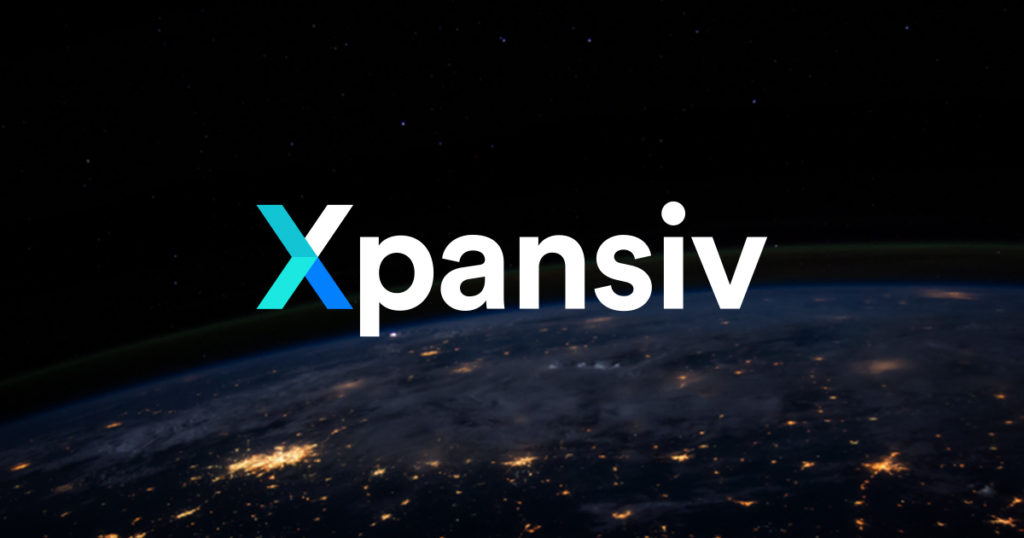Carbon offset exchanges play a crucial role in the global effort to combat climate change by providing a marketplace for the buying and selling of carbon credits or offsets. These exchanges enable individuals, organizations and governments to invest in projects that reduce or remove greenhouse gas emissions, thus compensating for their own carbon footprint.
In this article, we will explore carbon offset exchanges, their functions, benefits, challenges and their significance in the fight against climate change.
What Are Carbon Offsets? Carbon offsets are a way to compensate for emissions of carbon dioxide (CO2) and other greenhouse gases by investing in projects that either reduce emissions or remove carbon from the atmosphere. These projects can take various forms, such as renewable energy installations, reforestation efforts, methane capture at landfills and energy efficiency improvements. When an entity purchases carbon offsets, they essentially pay for the reduction or removal of an equivalent amount of emissions elsewhere omitted by someone else.
Carbon Offset Exchanges: Overview
Carbon offset exchanges, also known as carbon markets or emissions trading systems, are platforms that facilitate the buying and selling of carbon offsets. These exchanges operate at various scales, ranging from regional to international and they function as marketplaces where carbon offset credits are traded. The primary goal of these exchanges is to create financial incentives for emission reduction and removal projects while providing a mechanism for entities to meet their emissions reduction targets.
How Carbon Offset Exchanges Work
Carbon offset exchanges follow a standardized process for trading carbon offset credits:
Project Registration: Emission reduction or removal projects must undergo a rigorous verification process to ensure both their bona vides and validity. This includes assessment by third-party auditors to verify the project’s emission reduction or removal claims.
Carbon Offset Creation: Once the project is validated, carbon offset credits, often measured in metric tons of CO2 equivalent (CO2e), are issued based on the verified emission reductions or removals achieved by the project.Listing on Exchange: These carbon offset credits are then listed on a carbon offset exchange. Buyers, who can be individuals, corporations, or governments, can browse the available credits and select those that align with their carbon reduction goals.
Transaction and Retirement: When a buyer purchases carbon offset credits, they effectively retire those credits, indicating that the equivalent emissions have been compensated for. The buyer can then use these credits to offset their own emissions or fulfil regulatory requirements.
Monitoring and Reporting: Projects continue to be monitored to ensure they maintain their emission reductions or removals over time. Regular reporting is essential to maintaining the transparency and credibility of both the project and the market for the offset credits.
Benefits of Carbon Offset Exchanges
Emission Reduction Incentives: Carbon offset exchanges create financial incentives for emission reduction and removal projects, encouraging the development of sustainable and climate-friendly initiatives.
Flexibility: They offer flexibility to entities seeking to reduce their carbon footprint. Buyers can choose from a wide range of projects and locations, tailoring their offsets to closely align with their values and goals.
Global Collaboration: Carbon offset exchanges facilitate international cooperation in addressing climate change. They allow entities in one region to invest in projects in another, promoting a global approach to emissions reduction.
Market-Based Approach: These exchanges leverage market forces to determine the price of carbon offsets, encouraging cost-effective emissions reductions. Price discovery through active trading is integral to evaluating the cost of climate change to our society. Innovation: They drive innovation in emission reduction technologies and practices by creating a market for new and promising solutions. They also encourage the creation of new and exotic financial instruments that can be traded against real world environmental developments.
Challenges and Concerns
Additionality: Ensuring that offset projects are genuinely additional and would not have occurred without offset revenue is a challenge. This is crucial to avoid “greenwashing” and ensure real emissions reductions. There is increasing global oversight and regulation aimed at stopping greenwashing.
Verification and Monitoring: The verification and monitoring of offset projects can be complex and costly, requiring the involvement of third-party auditors.
Price Volatility: The price of carbon offsets can be volatile, influenced by factors such as policy changes and market dynamics.
Quality and Credibility: The credibility of carbon offset exchanges relies on the rigour of project verification and transparency. Inevitably there will be some concerns about the quality of certain offset projects especially against the background of lofty promises coupled with poor execution.
Regulatory Uncertainty: Changes in government policies and regulations both at a domestic and international level can impact the demand for carbon offsets, introducing uncertainty for investors.
Significance in Climate Change Mitigation
Carbon offset exchanges are a critical tool in the broader strategy to mitigate climate change. They enable immediate action by allowing entities to compensate for their emissions while transitioning to cleaner technologies and practices. Additionally, they promote sustainable development and can contribute to achieving the goals outlined in international climate agreements, such as the Paris Accords. As the world faces the urgent challenge of reducing greenhouse gas emissions, carbon offset exchanges serve as a valuable mechanism to accelerate the transition to a low-carbon economy. By providing a means for individuals, businesses and governments to support emission reduction and removal projects, these exchanges play a pivotal role in the collective effort to combat climate change and limit global warming.

PrimaryMarkets provides investors with access to companies that are shaping the future of voluntary carbon offset exchanges. We provide access to opportunities previously only accessible to institutional investors. One example is Xpansiv operator of the world’s largest voluntary carbon offset exchange. Xpansiv is the marketplace for an ever-expanding ecosystem of environmental commodities – like RECs, offsets, and differentiated fuels – that accelerate the transition to a net-zero future.
Xpansiv provides tools and information to more accurately value agriculture, energy and materials; unleashing the power of global markets to deliver a world worthy of future generations.

PrimaryMarkets exemplifies how innovation can transform the way we invest, trade and raise capital by breaking down traditional barriers, providing liquidity solutions and promoting transparency. As the Platform continues to grow and evolve it promises to unlock even more opportunities for investors and the companies shaping the future of economies
